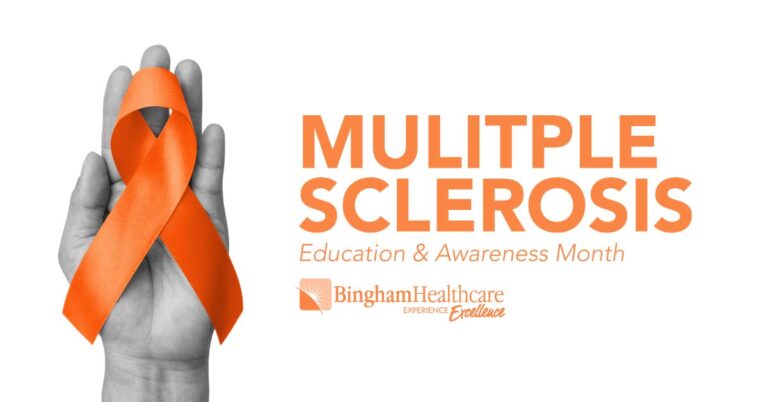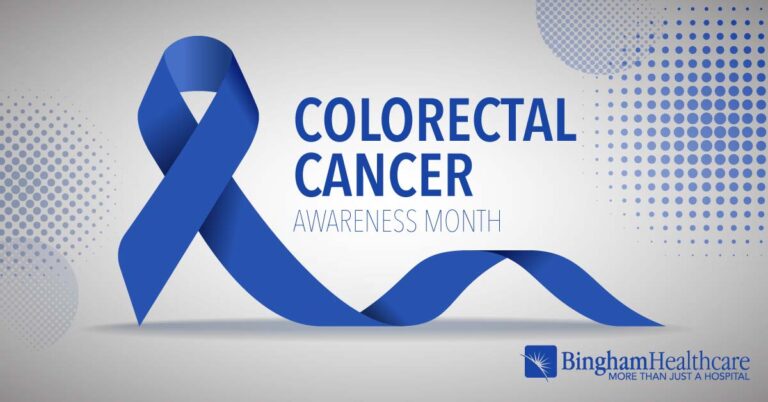
Food Safety Tips for Young Children
It’s much easier for infants and young children to get food poisoning because their immune systems aren’t developed enough to fight foodborne infections. According to the Centers for Disease Control and Prevention, very young children experience a higher rate of hospitalization due to foodborne infection than that of children over age three. Remember to safely handle and prepare food when feeding young children.
When feeding young children, always avoid:
- Unpasteurized* milk or any unpasteurized dairy products
- Raw or partially cooked eggs or foods containing raw eggs
- Raw or undercooked meat and poultry
- Raw and undercooked fish or shellfish
- Unpasteurized juices
- Raw sprouts
- Honey – avoid until after the baby’s first birthday because it can harbor spores of toxic bacterium that can cause botulism, a severe foodborne illness caused by a bacterium which occurs in soil.
*Pasteurization is a partial sterilization process that helps to make a product safer.
Use baby food jars safely
In addition, avoid feeding baby food straight from the jar because this “double dipping” introduces bacteria from your baby’s mouth to the spoon and into the food. The bacteria could then grow in the leftovers and result in food poisoning. Instead, spoon baby food from the jar into a separate feeding dish and feed from the new dish. Throw away all uneaten food from the dish. You can cap and refrigerate (to 40°F or below) open jars of baby food that have not come in contact with your baby’s saliva.
You can save:
- Opened strained fruits for two to three days
- Strained meats for one day
- Vegetable and meat combinations for two days
- Unopened jars of baby food have the same shelf life as other canned foods.
Risks of choking
Babies, toddlers, and preschoolers have a high risk of choking. Just because kids have teeth does not mean they can handle all types of foods. In order to avoid choking, don’t offer these foods to children younger than four:
Small hard foods: including nuts, seeds, popcorn, dry flake cereal, chips, pretzels, raw carrots, raw celery, raw peas, whole olives, raw peeled apple and pear slices, cherries with pits, cherry tomatoes and whole kernel corn. Note: You can break these foods into ½ inch pieces for toddlers but do not feed them whole.
Slippery foods: including whole grapes, large pieces of meats and poultry, and hard candy like lollipops and cough drops. Note: Chop grapes, meat, poultry, hot dogs, and other food into small pieces.
Sticky foods: including peanut butter, gum, taffy, gummy candies, caramels, marshmallows, jellybeans, and dried fruits.
Instead, practice food safety when feeding young children:
- Offer finger foods like pieces of bananas, graham crackers, strips of cheese, or bagels to toddlers.
- Watch young children while they are eating.
- Insist children sit to eat and drink, and not lie down, walk, or run.
- Encourage children to take their time and chew well.
- Look for warning labels on food with high choking risks.
- Be prepared to do first aid for choking quickly.
Content source: Eat Right. Academy of Nutrition and Dietetics
This content is reviewed regularly and is updated when new and relevant evidence is made available. This information is neither intended nor implied to be a substitute for professional medical advice. Always seek the advice of your physician or other qualified health provider prior to starting any new treatment or with questions regarding a medical condition.



